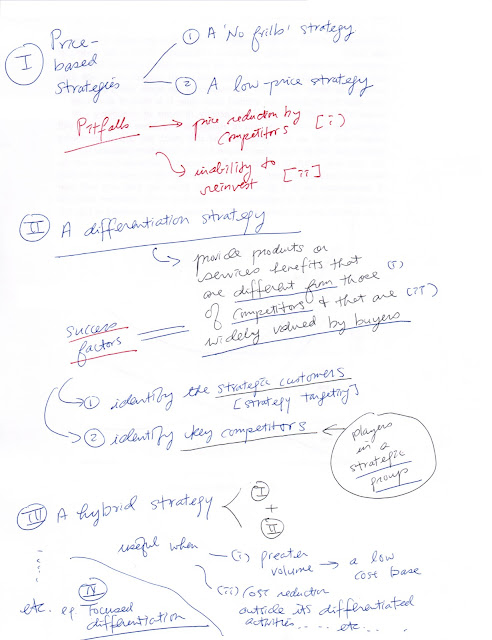- Specific topics in Corporate-level Strategy
- Corporate parenting,
- Portfolio management,
- Diversification and,
- Penetration, consolidation and development
- Strategic direction
- Ansoff matrix on strategic direction (re: Exhibit 7.2), in terms of the two dimensions of markets and products
- Market penetration
- Consolidation
- Product development
- Market development
- Diversification
- Diversification
- Reasons for diversification
- Good reasons: efficiency gains, stretch corporate parenting capabilities, increase market power
- Bad reasons: respond to market decline, spread risk, meet expectations of powerful stakeholders
- Related diversification and unrelated diversification
- Diversification and performance
- Value Creation and the Corporate Parent
- Value-adding and value destroying activities of corporate parents
- Role of corporate parents
- As a portfolio manager
- As a synergy manager
- As a parental developer
- Portfolio matrices
- The growth share (BCG) matrix
- The directional policy (GE-McKinsey) matrix
- The parenting matrix
- The Ashridge Portfolio Display
Related handwritten notes:
References
- Johnson, G., Scholes, K. and Whittington, R. (2008) Exploring Corporate Strategy, Prentice Hall.
- Ansoff matrix (video): http://www.youtube.com/watch?v=AORoMxgp428
- On synergy: http://en.wikipedia.org/wiki/Synergy





































